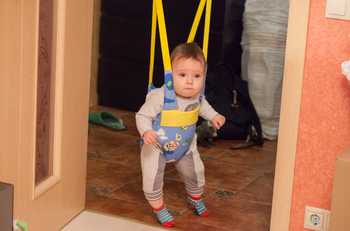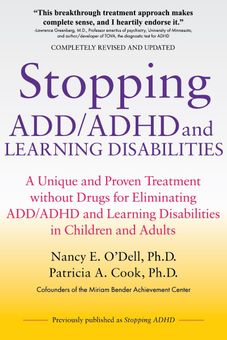Virtual Options Now Available.
Call Today!
The Best Solution For ADD/ADHD Behaviors
Payment Options Are Available With No Interest Charged
ADD/ADHD Behaviors - The CAUSE
A major contributing cause of ADD/ADHD behaviors in at least 75% of the cases is a specific reflex—the Symmetric Tonic Neck Reflex (STNR). The behaviors caused by an interfering (immature) STNR are the same as most of the behaviors that are classified as ADD/ADHD symptoms.
ADD/ADHD Behaviors - The EFFECT
Can’t sit still; sits “inappropriately;” gets up frequently; loses attention; daydreams; writes poorly or laboriously; avoids writing; reverses letters or numbers; avoids athletics; moves clumsily.
ADD/ADHD Behaviors - The SOLUTION
Because of the pioneering work of Dr. Miriam L. Bender, by implementing very specific exercises rather than by using drugs, we are able to eliminate the interfering effects of the STNR which was causing the ADD/ADHD behaviors.
"The happiness of a child should never be sacrificed for educational traditions."
- Nancy E. O'Dell, Ph.D. and Patricia A. Cook, Ph.D., Authors and Educators
Discount Coupon
$100 OFF
Get $100 off the entire program until December 31st, 2023. Miriam Bender Achievement Center.
Click to Use Coupon
EXPIRED
You can learn more about our unique drug-free program by learning the real cause of the ADD/ADHD behavior as well as our solution.
There are signs and symptoms of ADD/ADHD you should watch for, such as:
- Squirming
- Getting up frequently
- Losing attention quickly
- Daydreaming frequently
- Writing poorly
- Writing laboriously
- Reversing letters or numbers
- Moving awkwardly or clumsily
- Avoiding athletics
- Developing athletic skills slowly
Quick Links
Discount Coupon
$100 OFF
Get $100 off the entire program until December 31st, 2023. Miriam Bender Achievement Center.
Click to Use Coupon
EXPIRED
Contact Us
Miriam Bender Achievement Center
Indianapolis, IN 46219
Phone:
317-517-0456
Toll Free:
888-291-2791
Payment options available, no interest charged.
Privacy Policy
| Do Not Share My Information
| Conditions of Use
| Notice and Take Down Policy
| Website Accessibility Policy
© 2024
The content on this website is owned by us and our licensors. Do not copy any content (including images) without our consent.








